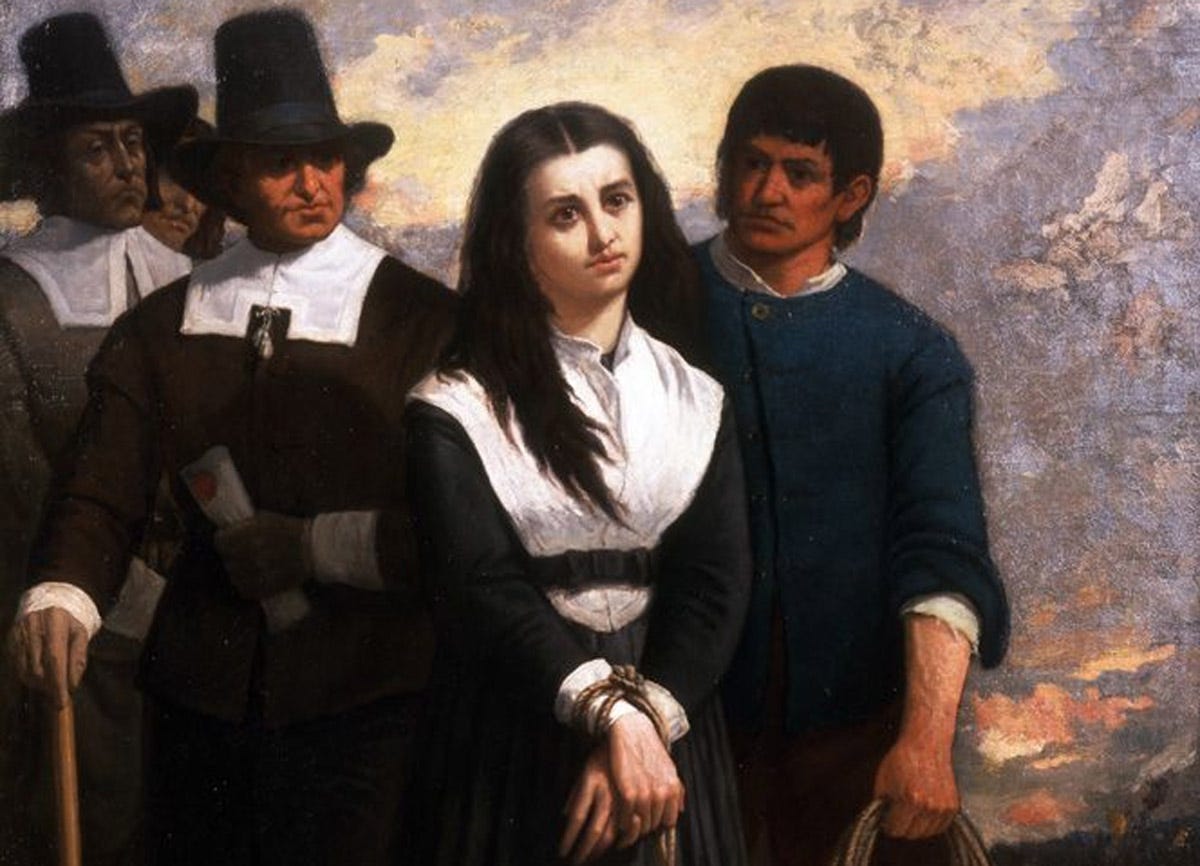The Salem Witch Trials and Ergot: Mushroom Madness?
In the shadowy annals of American history, the Salem witch trials of 1692 stand as a chilling testament to mass hysteria and injustice, where accusations of sorcery ignited a frenzy that claimed 19 lives through hangings, one crushed under stones, and others left to rot in prison - all in a desperate bid to purge an unseen evil from a devout Puritan town.
What began with two young girls, Abigail Williams and Betty Parris, convulsing in fits of yelping, leaping, and garbled speech, spiraled into a village-wide epidemic of paranoia and accusations, defying medical explanation and fueling a witch hunt that history has never fully unraveled.
Yet, beneath the veil of superstition, a provocative theory emerges: could the true "devil" have lurked not in spectral spells, but in the very bread sustaining the settlers - an insidious fungus called ergot, thriving in their rye crops and unleashing hallucinations, spasms, and madness that mimicked bewitchment?




